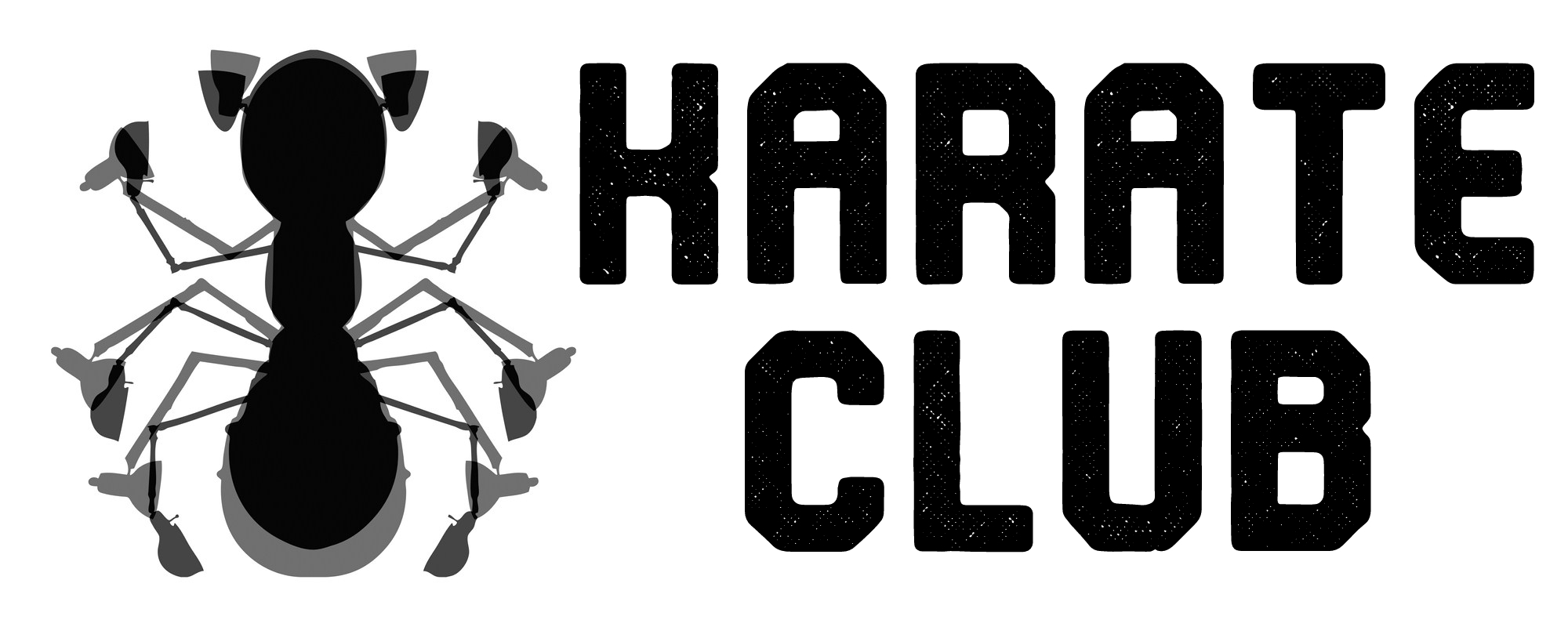Multi-Level Network Embedding with Boosted Low-Rank Matrix Approximation
As opposed to manual feature engineering which is tedious and difficult to scale, network representation learning has attracted a surge of research interests as it automates the process of feature learning on graphs. The learned low-dimensional node vector representation is generalizable and eases the knowledge discovery process on graphs by enabling various off-the-shelf machine learning tools to be directly applied. Recent research has shown that the past decade of network embedding approaches either explicitly factorize a carefully designed matrix to obtain the low-dimensional node vector representation or are closely related to implicit matrix factorization, with the fundamental assumption that the factorized node connectivity matrix is low-rank. Nonetheless, the global low-rank assumption does not necessarily hold especially when the factorized matrix encodes complex node interactions, and the resultant single low-rank embedding matrix is insufficient to capture all the observed connectivity patterns. In this regard, we propose a novel multi-level network embedding framework BoostNE, which can learn multiple network embedding representations of different granularity from coarse to fine without imposing the prevalent global low-rank assumption. The proposed BoostNE method is also in line with the successful gradient boosting method in ensemble learning as multiple weak embeddings lead to a stronger and more effective one. We assess the effectiveness of the proposed BoostNE framework by comparing it with existing state-of-the-art network embedding methods on various datasets, and the experimental results corroborate the superiority of the proposed BoostNE network embedding framework.
PDF Abstract

